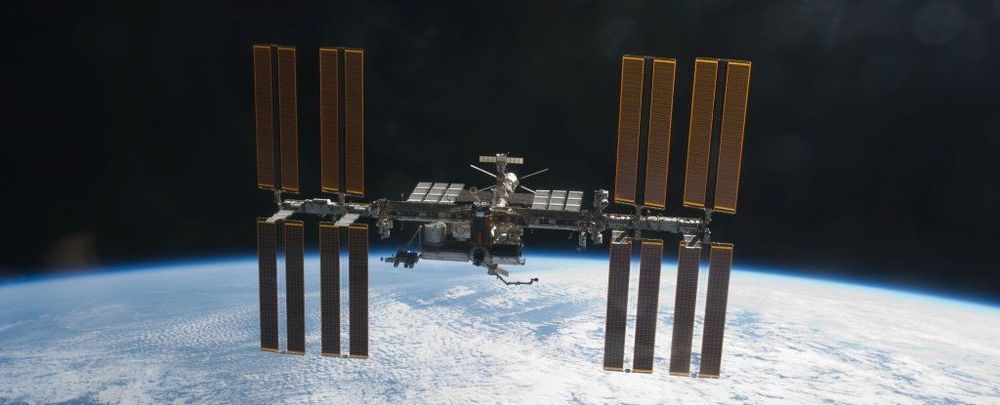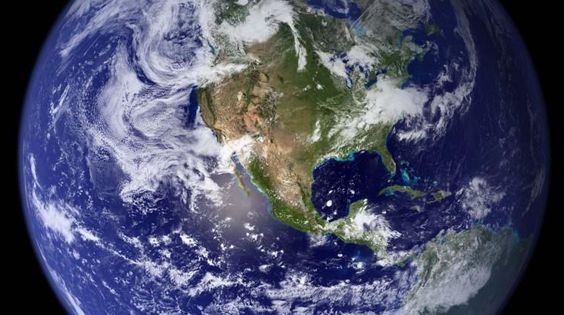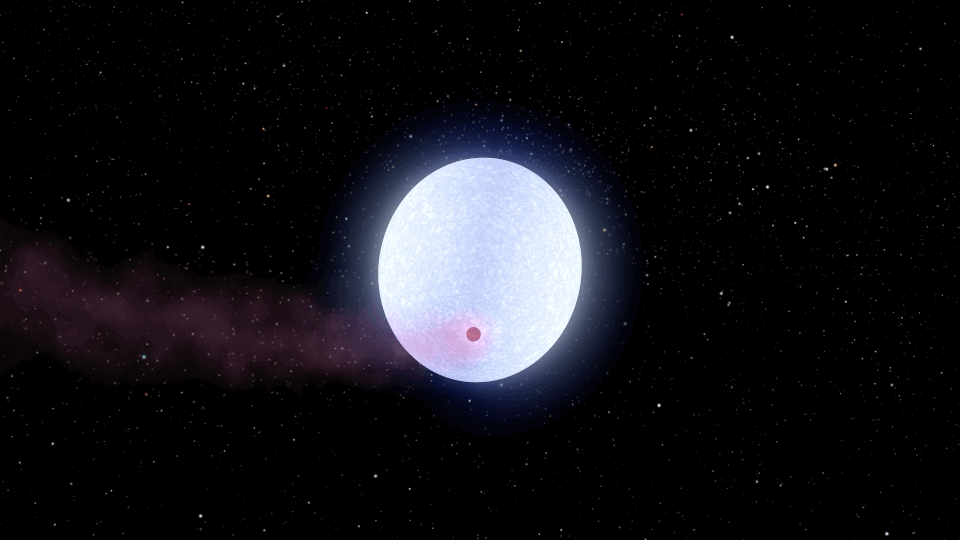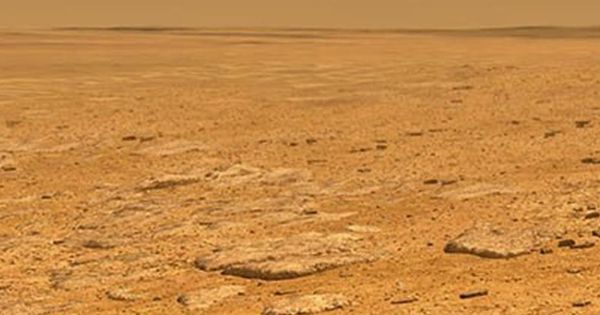Ever since Avi Loeb’s controversial paper about the object, dubbed ‘Oumuamua, he’s become a spokesman for the possibilities of extraterrestrial life.



But in “The Matrix,” the landmark of liquid-action sci-fi released 20 years ago today, the artificial intelligence comes at us in a uniquely teasing, forward-tilting, who’s-that-in-the-mirror way. The movie is about a computer-company office drone, played with pinpoint charisma by Keanu Reeves, who gets tugged out of his existence by a rebel underground that unplugs him from the Matrix.
The term “artificial intelligence” was coined in 1956, but one way or another it has been the subject of just about every great science-fiction movie, from “Metropolis” to “Frankenstein,” from the paranoid fables of the ’50s (about brainy robots and aliens with giant noggins who were like “advanced” versions of ourselves) to “2001: A Space Odyssey,” in which HAL, the computer who talks like a wounded therapy patient, displays the anger and ego of a jilted human being. And by the late ’70s and early ’80s, the Machines Who Could Think were really taking over. “Alien” featured a technologically evolved monster with the metallic jaws, the helmet head, and the relentlessness of a demonic thresher, the most sympathetic character in “Blade Runner” was a replicant, and “The Terminator” gave us a dystopia ruled by the machines, featuring a weaponized badass who was the ultimate programmed destroyer.

Terrestrial organisms stuck on the outside of the International Space Station (ISS) have survived 533 days in the vacuum, intense ultraviolet radiation, and extreme temperature variations of space.
You know what that means? It’s not impossible for life to survive on Mars.
Of all the planets in the Solar System, Mars seems like the most likely candidate to host life. But it’s extremely inhospitable — dusty, arid, lower in gravity and oxygen, subject to harsh radiation due to its thinner atmosphere, cold and wracked by dust storms that can plunge the planet into darkness.

SETI for Bracewell probes? Yes please. Years ago Jill Tarter commented that looking for such probes would be worthwhile. These days we hear about Starshot, sending a fleet of lightweight probes to the nearest star within decades which brings into mind the obvious idea that maybe someone else did so long ago.
One objection to SETI is that it is not falsifiable — there is no point at which a lack of signals can prove that extraterrestrial civilizations do not exist. But there are some aspects of SETI that can be falsifiable. Consider a class of objects near enough for us to investigate not only with listening efforts but with probes, one small enough to be thoroughly covered, and one most people know almost nothing about. Could these offer a listening post for ‘Bracewell probes,’ a way of watching the development of our culture and reporting home to ETI? And if so, could we combine SETI with METI to advance both disciplines without compromising our own security?

If the idea of nearby probes seems far-fetched today, it was even more so when Ronald Bracewell advanced his ‘sentinel hypothesis.’ Bracewell took the question of SETI and stood it on its ear. That was no mean feat in 1960, for SETI was just being born in that year through the efforts of Frank Drake at the Green Bank instrument in West Virginia. While Drake was, reasonably enough, asking whether we might pick up signs of an extraterrestrial civilization around another star, Bracewell had begun to wonder whether there might be a different way to study an alien culture. A long-lived probe could be planted in any system under investigation.

Carbon monoxide detectors in our homes warn of a dangerous buildup of that colorless, odorless gas we normally associate with death. Astronomers, too, have generally assumed that a build-up of carbon monoxide in a planet’s atmosphere would be a sure sign of lifelessness. Now, a UC Riverside-led research team is arguing the opposite: celestial carbon monoxide detectors may actually alert us to a distant world teeming with simple life forms.
“With the launch of the James Webb Space Telescope two years from now, astronomers will be able to analyze the atmospheres of some rocky exoplanets,” said Edward Schwieterman, the study’s lead author and a NASA Postdoctoral Program fellow in UCR’s Department of Earth Sciences. “It would be a shame to overlook an inhabited world because we did not consider all the possibilities.”
In a study published today in The Astrophysical Journal, Schwieterman’s team used computer models of chemistry in the biosphere and atmosphere to identify two intriguing scenarios in which carbon monoxide readily accumulates in the atmospheres of living planets.

Wiping out all life on Earth is hard, but causing mass extinctions is easy. Five major extinction events have occurred since the Cambrian explosion, each eradicating over 60% of terrestrial species. At least five extraterrestrial scenarios are capable of wiping humanity out.
Even if we don’t destroy ourselves, we always have the Universe to contend with.

Researchers at NASA’s Jet Propulsion Laboratory in Pasadena, California, are cooking up an alien atmosphere right here on Earth. In a new study, JPL scientists used a high-temperature “oven” to heat a mixture of hydrogen and carbon monoxide to more than 2,000 degrees Fahrenheit (1,100 Celsius), about the temperature of molten lava. The aim was to simulate conditions that might be found in the atmospheres of a special class of exoplanets (planets outside our solar system) called “hot Jupiters.”
Hot Jupiters are gas giants that orbit very close to their parent star, unlike any of the planets in our solar system. While Earth takes 365 days to orbit the Sun, hot Jupiters orbit their stars in less than 10 days. Their close proximity to a star means their temperatures can range from 1,000 to 5,000 degrees Fahrenheit (530 to 2,800 degrees Celsius) or even hotter. By comparison, a hot day on the surface of Mercury (which takes 88 days to orbit the Sun) reaches about 800 degrees Fahrenheit (430 degrees Celsius).
“Though it is impossible to exactly simulate in the laboratory these harsh exoplanet environments, we can come very close,” said JPL principal scientist Murthy Gudipati, who leads the group that conducted the new study, published last month in the Astrophysical Journal.

Enlarge | + 
We could use lasers to conceal the Earth from observation by an advanced extraterrestrial civilization by shining massive laser beams aimed at a specific star where aliens might be located — thus masking our planet during its transit of the Sun, suggest two astronomers at Columbia University in an open-access paper in Monthly Notices of the Royal Astronomical Society.
The idea comes from the NASA Kepler mission’s search method for exoplanets (planets around other stars), which looks for transits (a planet crossing in front a star) — identified by a tiny decrease in the star’s brightness.*.